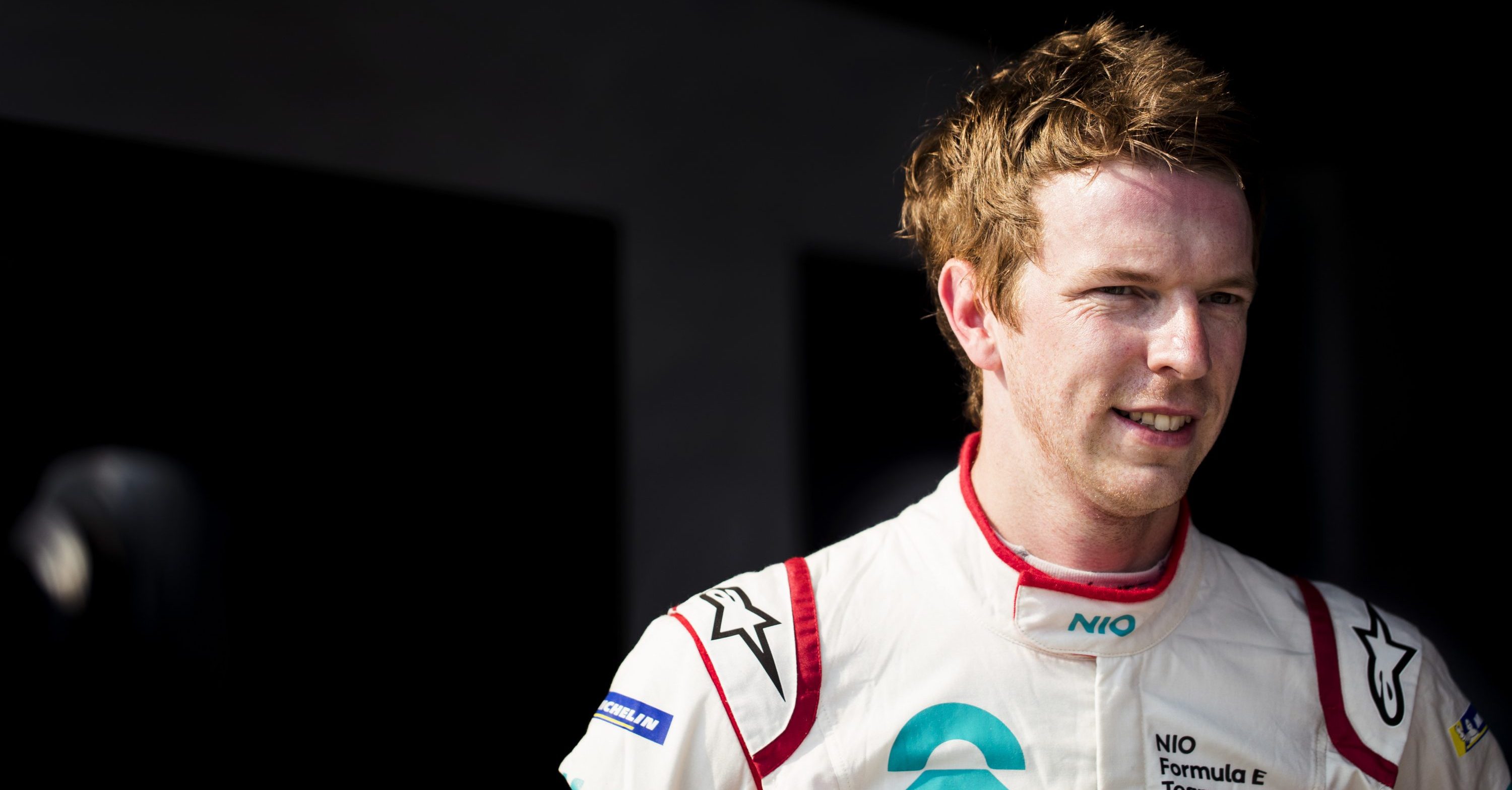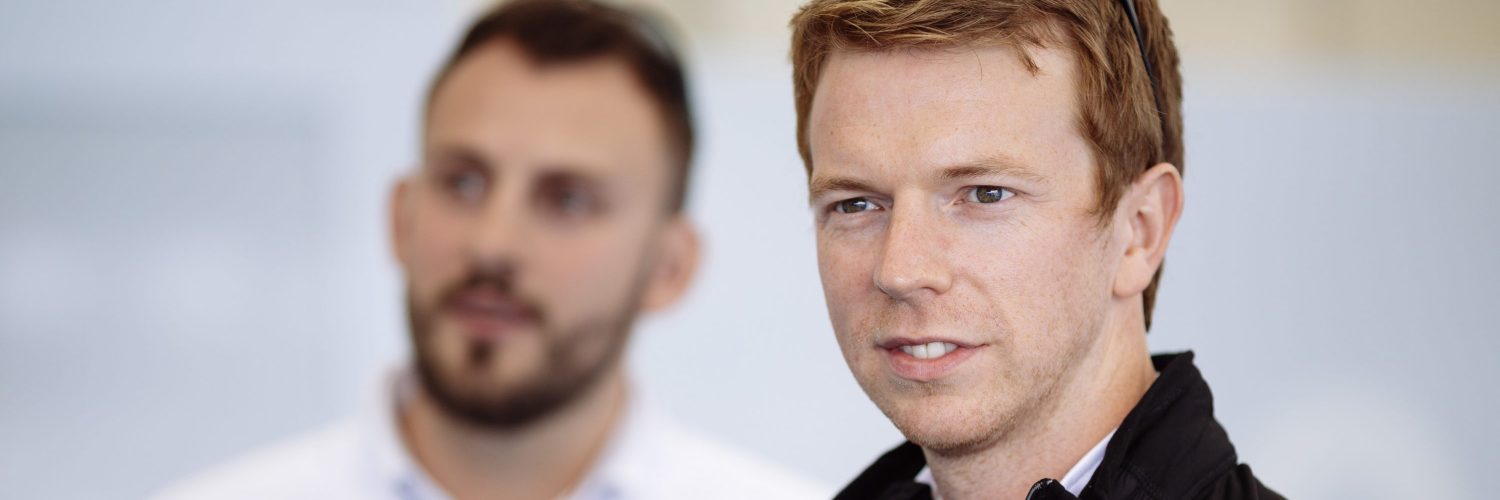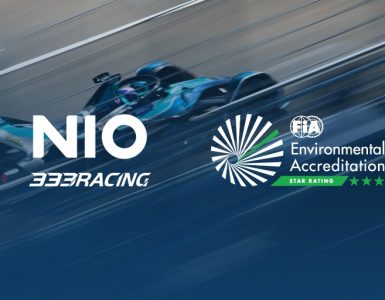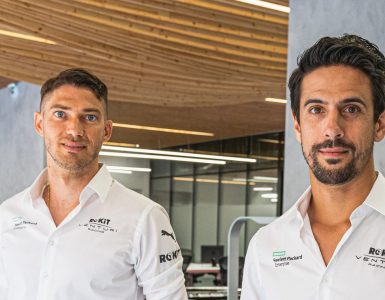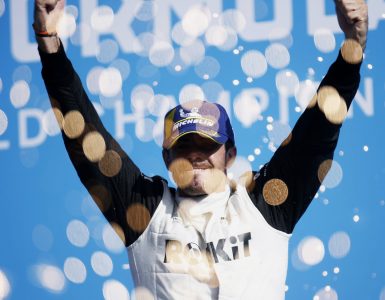The great Alain Prost was nicknamed ‘The Professor’, for the analytical way he went about his racing.
From his meticulous preparation, to the surgical way he worked with his engineers and examined data – not to mention his silky-smooth style of driving and management of tyres and machine, he left no stone unturned in his quest to be the best.
If Prost was ‘The Professor’, you could probably call current NIO Formula E Team driver and McLaren test driver Oliver Turvey ‘The Engineer’. Turvey is an individual as unique and intriguing as you are likely to meet in the world of motorsport, in that he is a student of the sport himself. And when I say student, I mean Cambridge University engineering graduate.
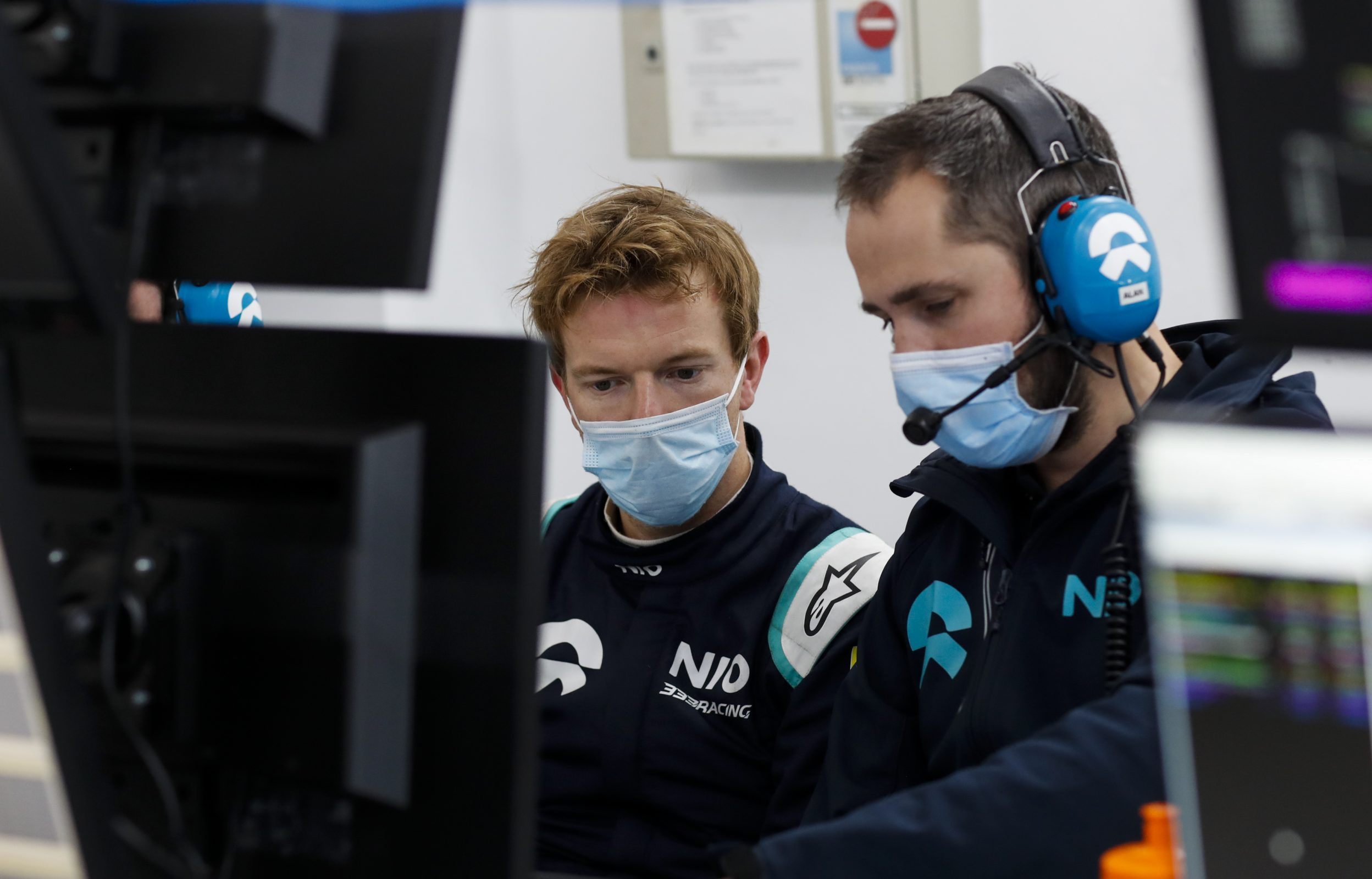
Like so many other aspiring racing drivers, Turvey was accomplished in karting and followed the traditional route into single seaters. From those early days of winning in Formula BMW and British Formula 3, his story has been one of hard graft and single-minded focus that’s hard not to admire in his goal of achieving his boyhood ambition.
Motorsport Technology caught up with Turvey in Monaco to talk about his intriguing career path, and how his admirable work ethic and analytical mind has made him the driver he is today.
MT: Hello Oliver. Please tell us about how you got into motorsport and how it came about that you studied engineering at Cambridge University.
OT: “I started racing karts when I was eight years old, and it only actually started as a hobby. But I started doing more and more and I started winning races.
“I won my first British Championships when I was 12 years old and I felt, from there, I could kind of make a career of it. But it’s so difficult in motorsport, especially with the amount of funding you need to try and progress, and we didn’t have it as a family.
“We did everything we could, but I always knew that I needed to keep studying and doing well. My parents wanted me to study at school hard and it allowed me to carry on racing, so I did well at school and then I was kind of inspired to go to Cambridge by someone I knew well in motorsport.
“So I set my sights on that, and I applied to Cambridge and got a place to study engineering, which was fantastic at the time.
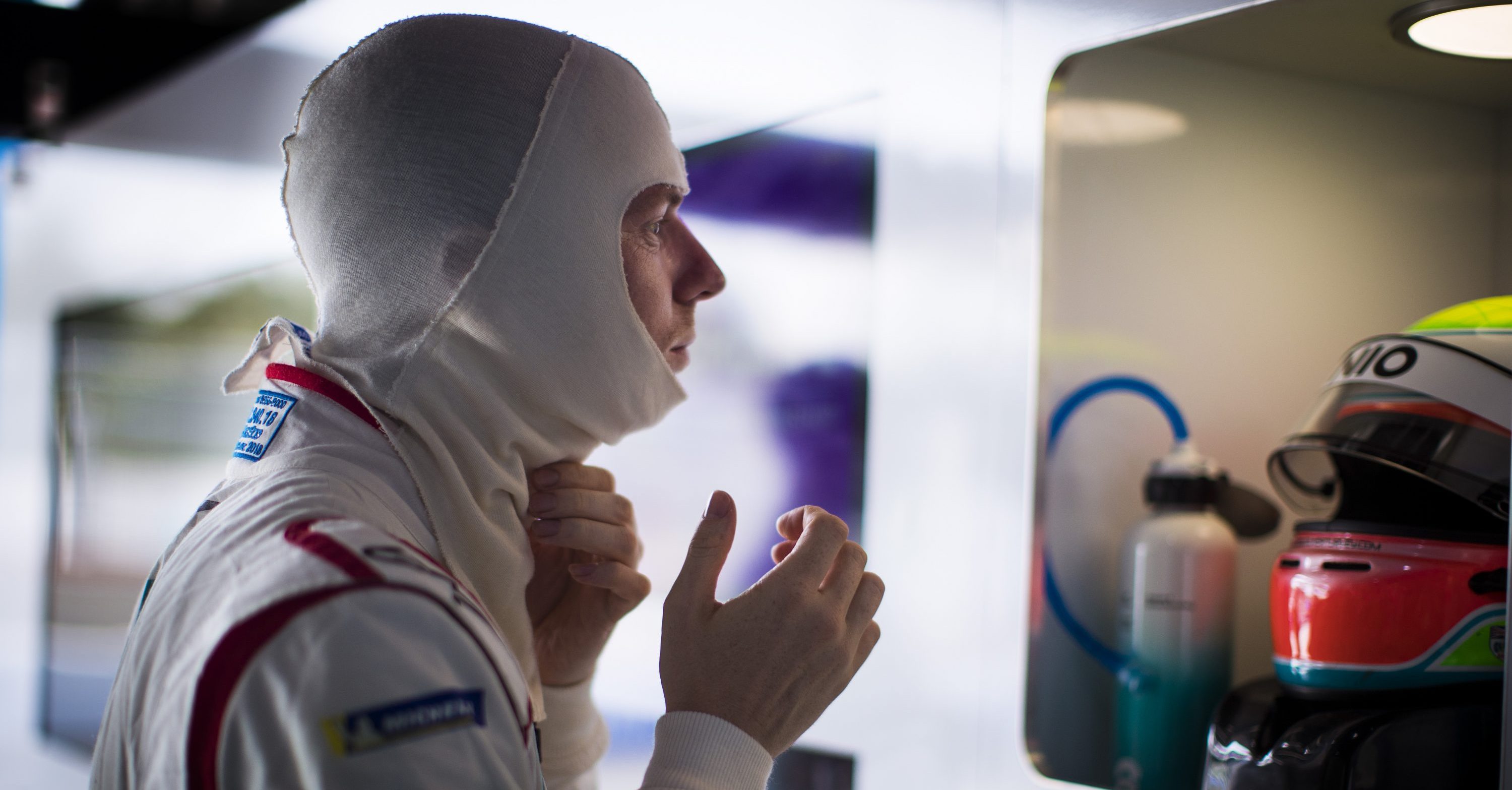
21st – 23rd March 2019
Photo: Drew Gibson
“Early in my career, I was struggling for budget in single seaters, so I wasn’t even sure if I could carry on racing. It was a tricky time in that sense. Studying engineering was, in a way, kind of a back-up. But I knew it would always help me as a driver if I could carry on racing and felt it was a useful thing to do.
“I started studying in 2005, at Cambridge, and the first year I didn’t have much funding to race, so the first year was quite a lot of time studying and it was a very tough course.
“But it taught me a lot, and certainly the second and third year were tough as well, purely because I started racing more. At the start of the second year, I won the McLaren Autosport BRDC Young Driver of the Year award and that helped my career massively.
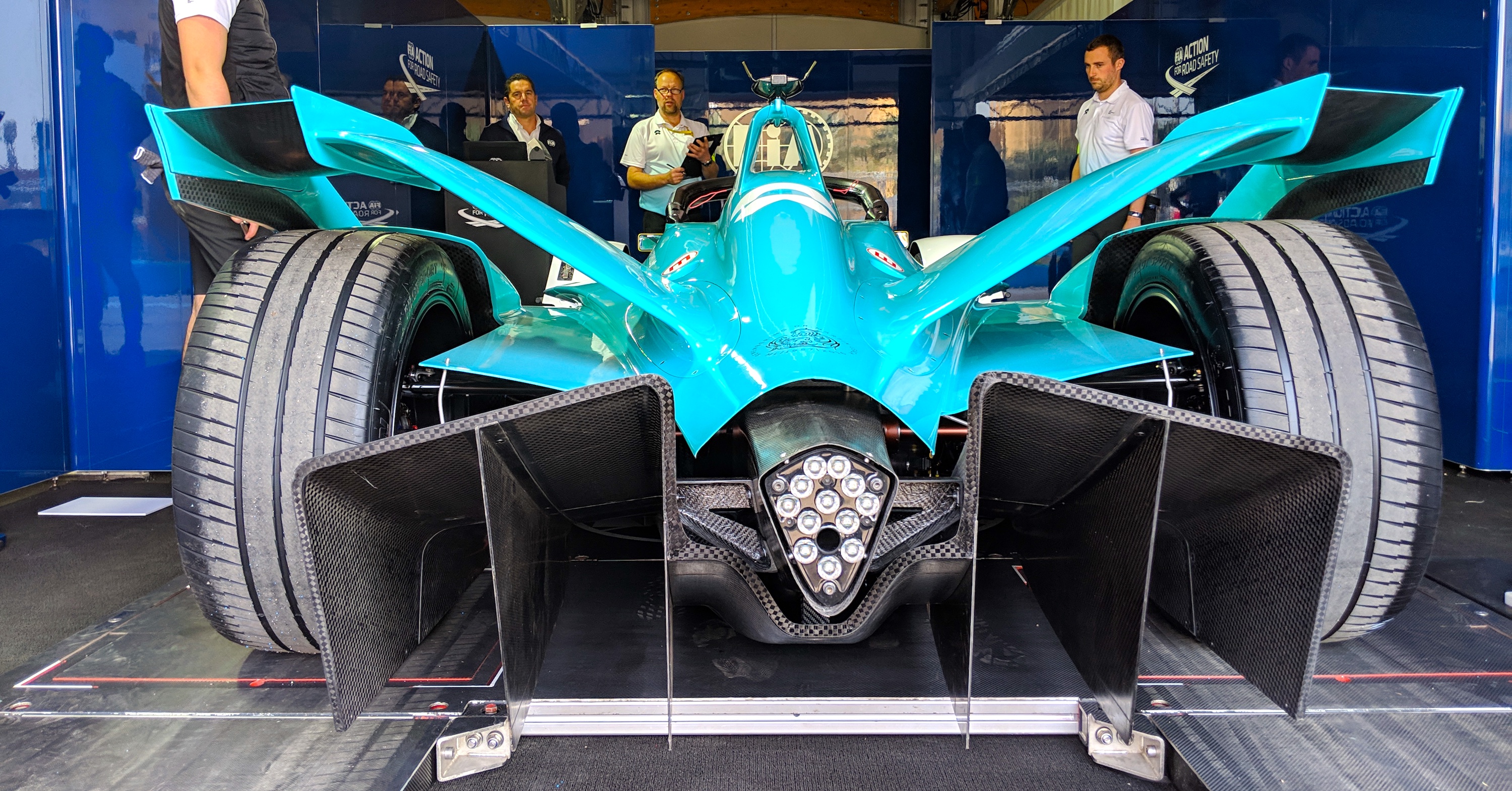
“At that point, during my second and third years, I was doing a lot of racing in British Formula 3 and the time required for racing in F3 is quite intense, so my time management had to be really good. I learned a lot, so it was tough juggling studying at Cambridge and racing, which were both kind of full-time commitments.
“But it was a good balance. When I was at University, I was fully focused on that and when I was racing, I was fully focused on that. It taught me a lot and it was a great experience.”
MT: How did all that study help you in your future chosen career and what did you study?
OT: “At Cambridge, you study all the different engineering disciplines in the first two years, and then you specialise after that. So I specialised in the aerodynamics and mechanical engineering modules, and I was always trying to specialise in stuff that was related to motorsport.
“It was a very tough course, a very theoretical course and one of the best engineering courses out there. Obviously, studying at Cambridge is an amazing experience, because it’s one of the best Universities in the world. It helped me a lot.”
MT: It is a nice coincidence that the NIO car is a lovely Cambridge Blue colour. One of the biggest honours for any sporting student at Oxford or Cambridge is to be awarded a Full Blue, usually an honour reserved for rowers and rugby players. You are the only racing driver, so far, to be awarded that accolade. It must have made you very proud.
OT: “I was the first motorsport Blue in the history of the university, so it was a very proud moment for me to receive that honour in 2008. It’s quite hard to achieve a Blue at Cambridge in any sport, so to receive it for motorsport was very, very special.
“I still can’t quite believe it and will always be grateful for that accolade.”
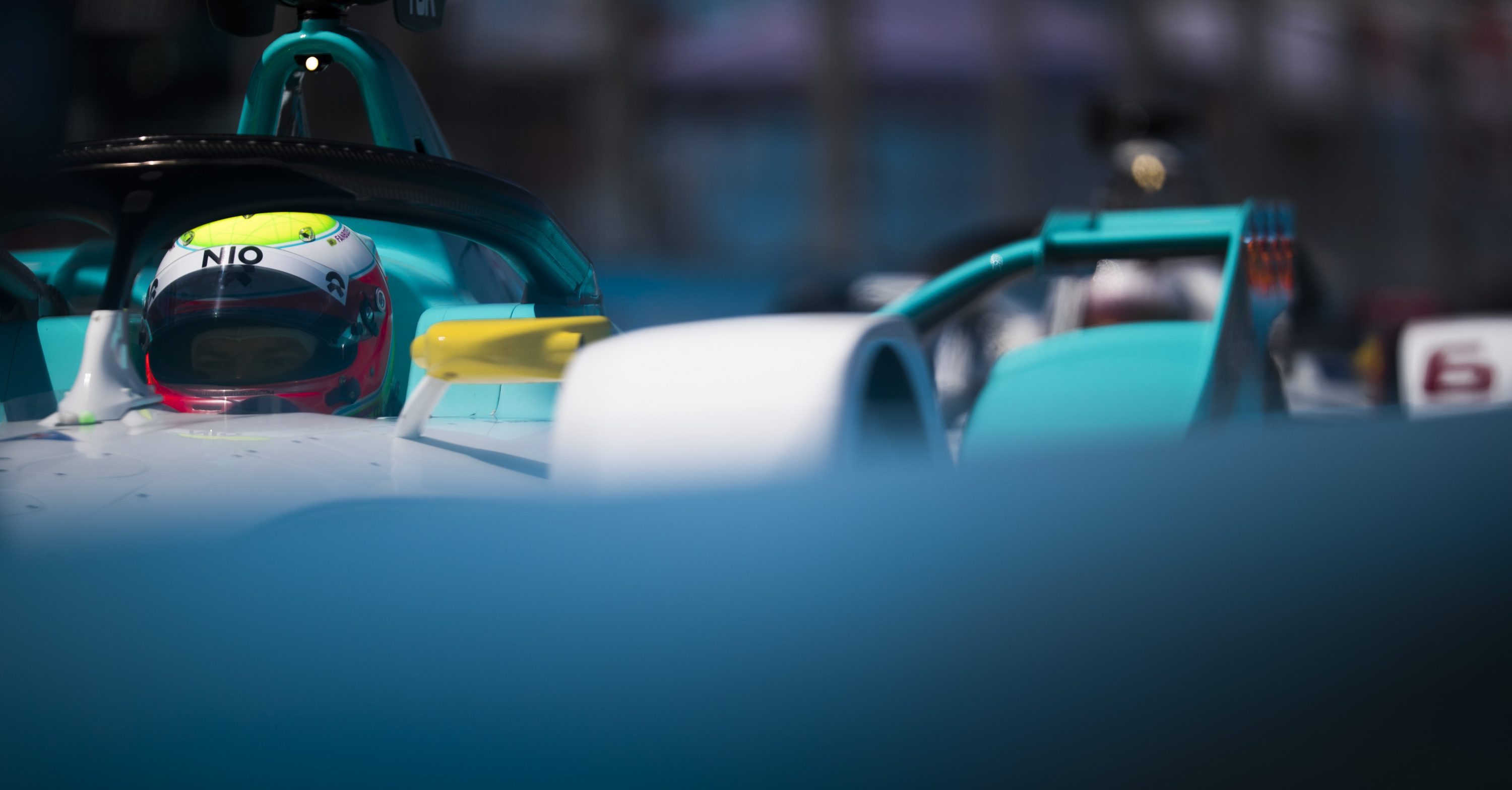
Photo: Drew Gibson
MT: How does your education and deep knowledge of engineering now serve to help you as a driver, especially related to your new role as Formula E driver?
OT: “What attracted me to race in Formula E is the new technology and developing electric power trains, so I was very grateful to have the opportunity to race for NIO in Formula E. This is my fourth season with the team now and it’s an exciting formula to work in.
“There’s a lot of developments that we work on as a team and my engineering background, I think, allows me to work more closely with the engineers.
“Of course, my role is the driver, but it’s up to them, the engineers and the team, as to what they do. But as a driver, you have to lead the direction, let’s say, and lead the team and give good feedback.
“Having that engineering understanding and engineering knowledge helps me to give them clear feedback and helps me to work with the engineers more closely.”
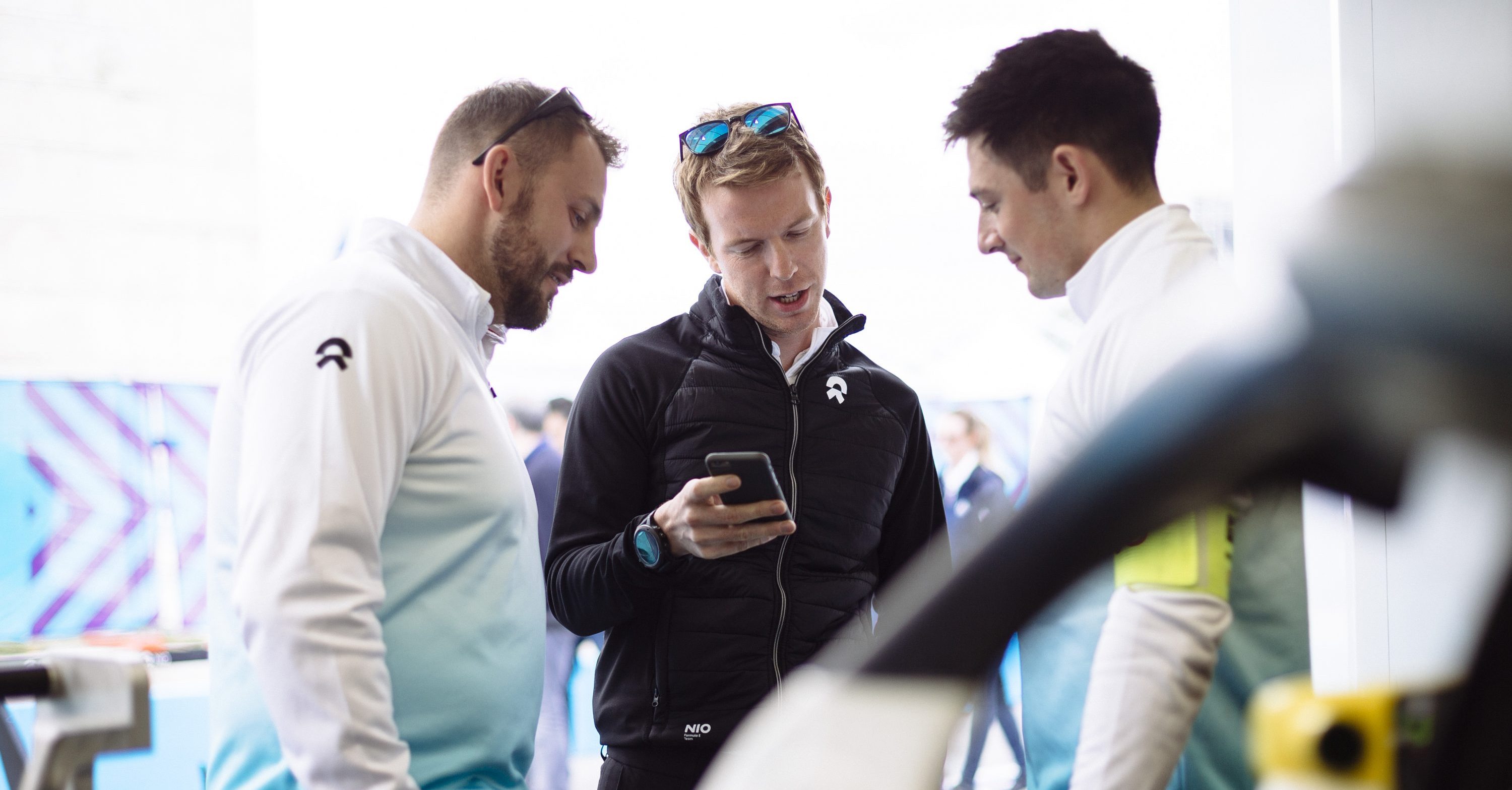
MT: Why do you think this season has been such a close one?
OT: “I think it’s a bit of a mixture of everything. In Formula E everybody has a similar car, in terms of aerodynamics and tyres and we all have the same power level for qualifying. In the end, the power train is where we focus the development work in Formula E, and I think certainly in qualifying it’s always close.
“I think the level of the teams and drivers in the championship are now at a very high level, so obviously that makes it a very close field.
“I think you see some differences in the races, in terms of energy management, and in the race you can kind of see quite a few differences. But it’s still close and that’s what is exciting about Formula E and there’s lots of opportunity for every team, every driver. We all have a chance, so yes, it’s exciting, close racing, quite unpredictable. But it makes for a great spectator sport.”
MT: Is there anything you would do to change anything about it?
OT: “Not really, no. I think what Formula E has done over the years is fantastic. They started with this brand-new championship, the first ever electric racing. I think, at the start, everyone was a little sceptical but it’s amazing what they’ve done.
“The championship has grown every year and gone from strength to strength and it’s amazing to see how many manufacturers have come into this championship now, and more in Season 6.
“The level of the drivers in this championship is one of the highest in motorsport now, so I think it’s a fantastic championship. We travel to some great cities, always on street circuits, all different and challenging. So it’s an amazing series, growing every year.”
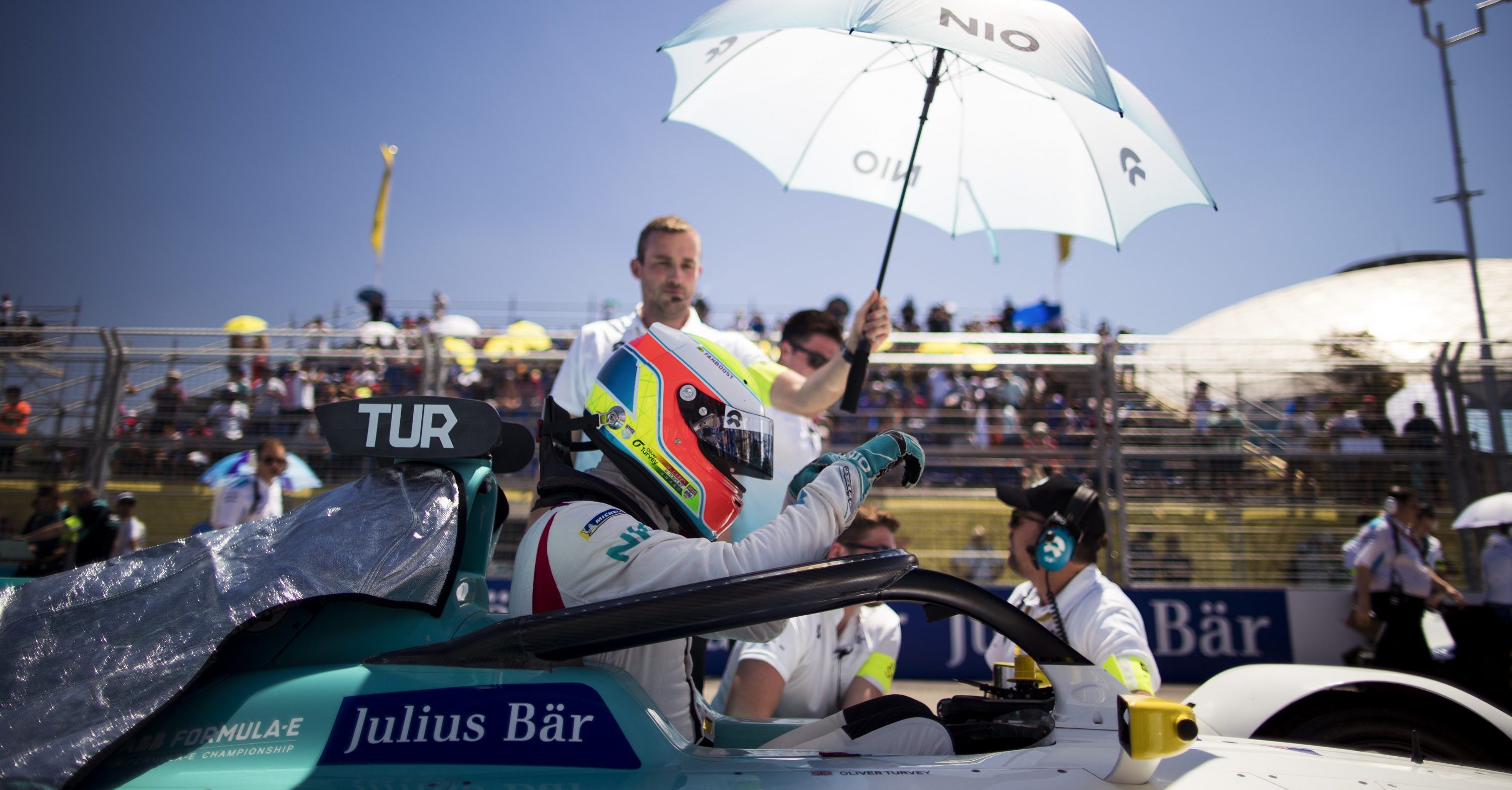
Photo: Drew Gibson
MT: You travelled from Monaco, driving Formula E, straight to Barcelona to test for McLaren in Formula One. How different are those disciplines and how do you have to adapt your mindset and driving style?
OT: “Well they are very different disciplines. I first drove a Formula One car for McLaren in 2010 and the first thing that strikes you is the enormous difference in acceleration, braking and lateral g-forces.
“Obviously, the grip is a huge difference between the two, as we use grooved Michelin tyres in Formula E that we can race in the wet and the dry but don’t grip nearly as much as the soft Pirellis in F1.
“We race on tight tracks with different asphalt in FE, so with the weight of the car, some 900 kilos, the braking points are different and there’s not nearly as much downforce.
“Formula One is all about finding the right balance and set-up. It’s all about aero and tyres, whereas in Formula E, software and battery development is the biggest differentiator and during the race, whereas in F1 it’s about tyre management, FE is about battery power management, how to use regen in the braking zones.
“So, both very, very different disciplines apart from accelerating, braking and turning the wheel! I’m very lucky to be able to drive both.”
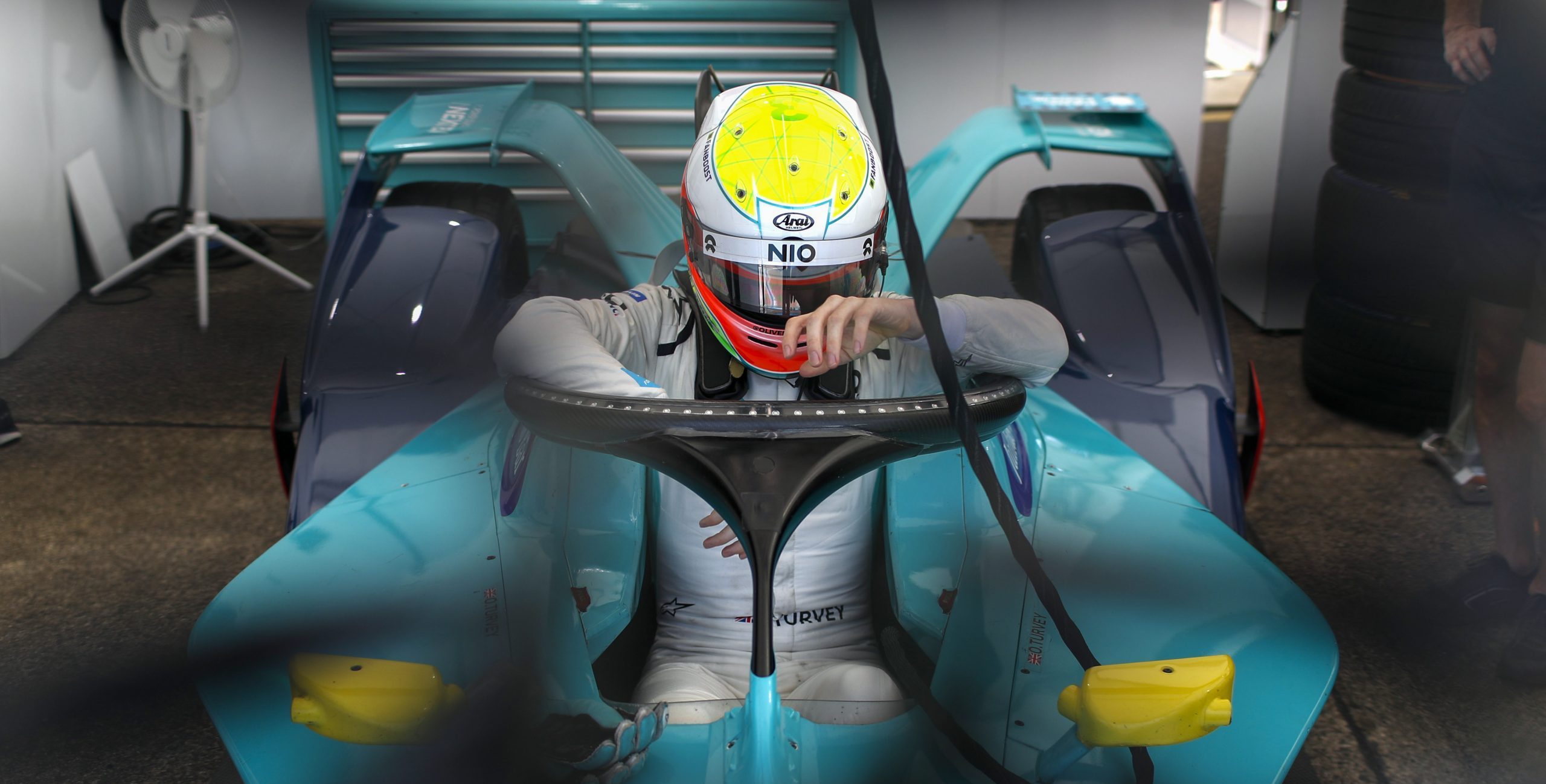
MT: You driver for the NIO Formula E Team, which is partnered by Acronis. Just how important is data storage and back-up in Formula E?
OT: “It’s extremely important. When I first started in motorsport it was far more basic than it is now. Pen and paper and telemetry sheets has been superseded by banks of computers in the garage and laptops for all of us to have access to and analyse.
“Software is one of the areas we are allowed to develop during the season, and all of this vital data is important to analyse to find out where we can make up time on the track.
“Of course, all this data needs backing up and protecting successfully and that’s where the Acronis partnership comes in handy. From the engineers at the factory, to the laptops at the circuit, it’s comfortable to know we’re in safe hands.”
MT: Thanks very much Oliver, a pleasure talking to you. Good luck for the future.
OT: “Always a pleasure. Thank you.”
